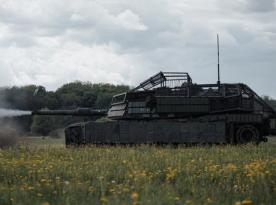Water level drop in the Kakhovka Reservoir after the russians blew up the Kakhovka HPP completely changes the landscape of the south of Ukraine, and on top of the already catastrophic consequences, it raised another danger. Some of the naval mines deployed by the russians along the Dnipro River channel and in the reservoir have broken away from anchors and went down the stream, some left on the bottom that became land surface.
The general looks of the ordinary mines are well known to everyone, as well as how dangerous it is to approach one if found, on the other hand, naval mines are somewhat different. They look nothing like landmines in most cases.
Read more: russians Planted Mines in the Dnipro Fearing That Ukraine’s Troops Would Force the River
Some of the older marine and riverine mines might evoke associations with cinematography, like the MYaM small moored contact mine with its characteristic chemical horns. Meanwhile, some other types are not that familiar, especially to the general public which poses an added hazard to civilians.
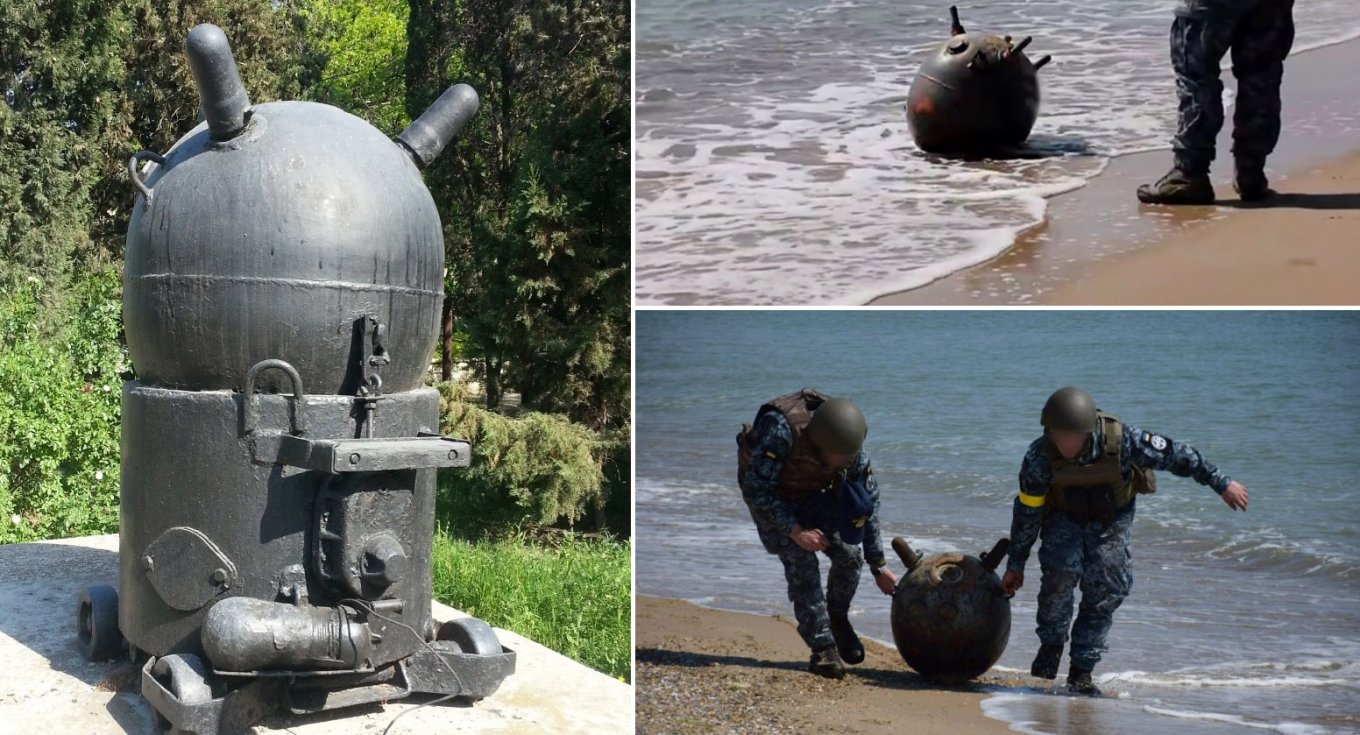
For example, there are anti-landing mines. Those are designed to be laid in shallow waters near the shore, they keep landing craft off from approaching. In particular, the PDM-1 triggers when the vertical tilt rod inclines 10-15° to any side. Usually, it stays 1.1 to 2 meters under the surface and carries 10 kg of TNT.
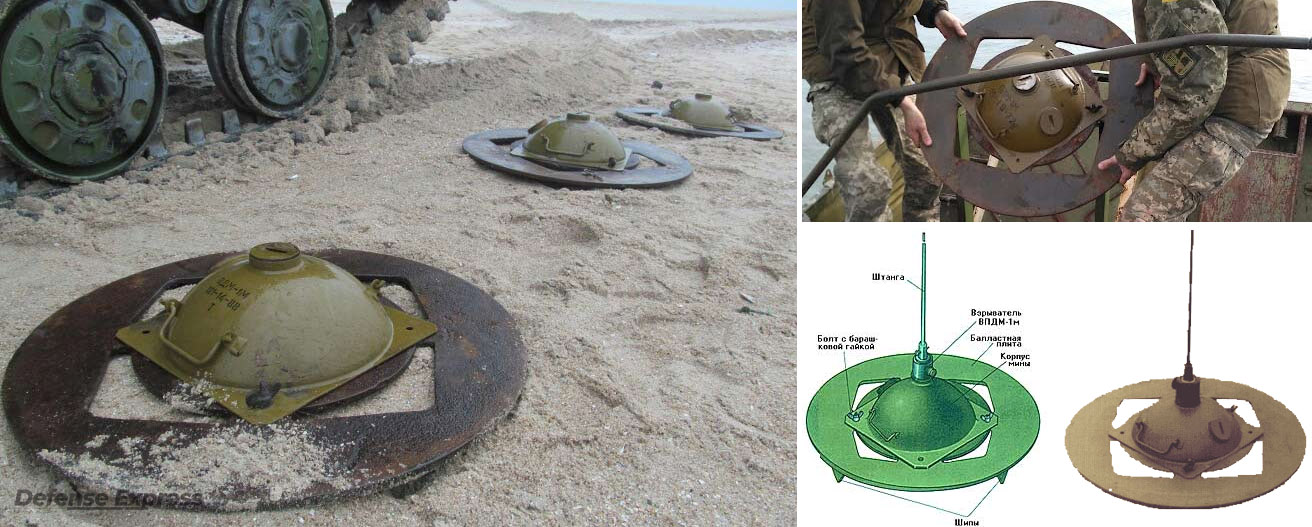
Its next-generation successor PDM-2 looks more like a radio buoy than a mine. It is attached to a metal plate, too. The mine itself is about the size of a soccer ball and has an "antenna" but there is 15 kg inside of this ball, and the "antenna" is the fuze trigger.
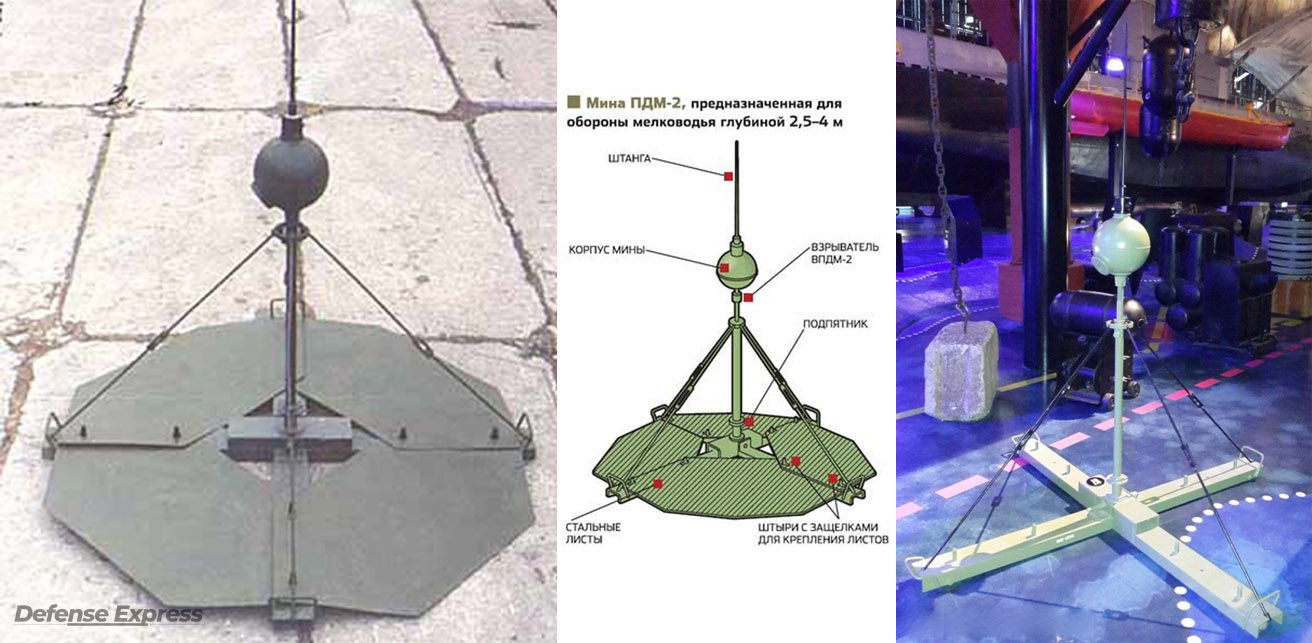
Also, russians widely use YaRM mines that have already started to appear on the shores of Odesa 200 km down the stream and across part of the Black Sea. The characteristic wire cross on the naval mine is the fuze trigger. Without it, the weapon may pass for an ordinary gas tank, which doesn't make it any less dangerous.

Another unique look pertains to the SRM floating mine. It carries 20 kg of explosive, and has chemical horns but also has an option of a tilt rod trigger like in PDM-1 and PDM-2.
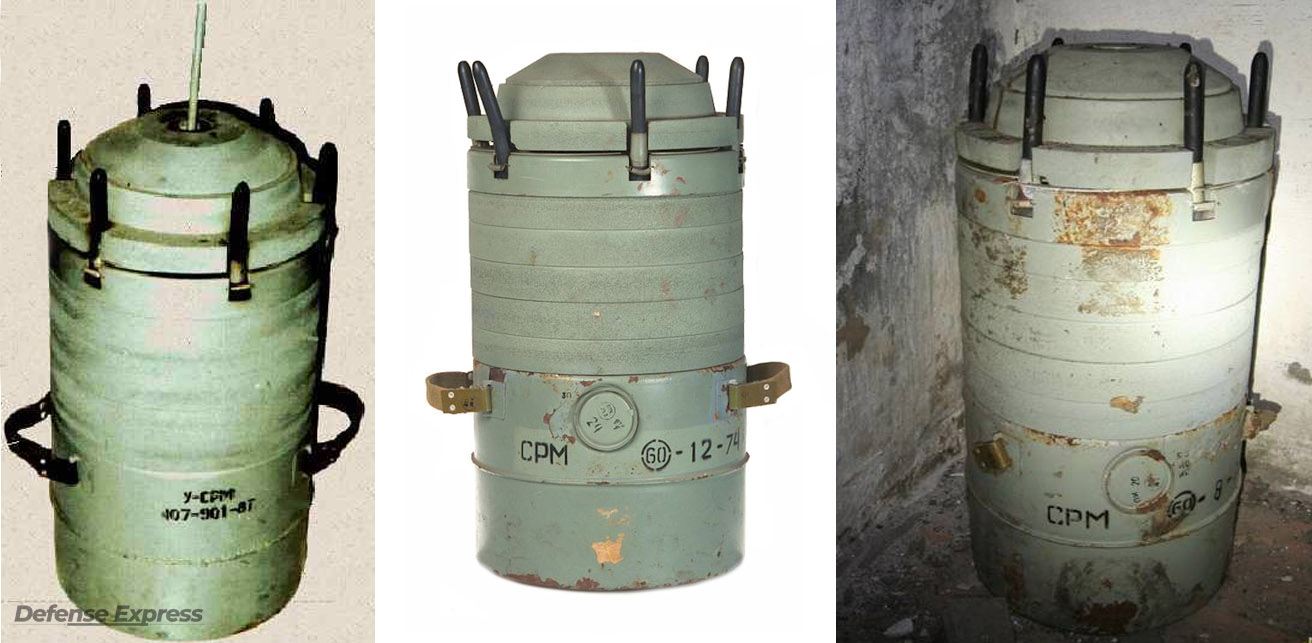
For anyone who encounters one of those or other naval mines, it is important to keep a distance and notice the National police or the State Emergency Service of Ukraine because some of them are equipped with a self-destruction mechanism that can be initiated at any moment.
The article contains photos from online databases CAT-UXO, Eragun, and other open sources.
Read more: How the russians Shot a Movie, or What was the Purpose of a Thousand Naval Mines Planted in a Single Spot





